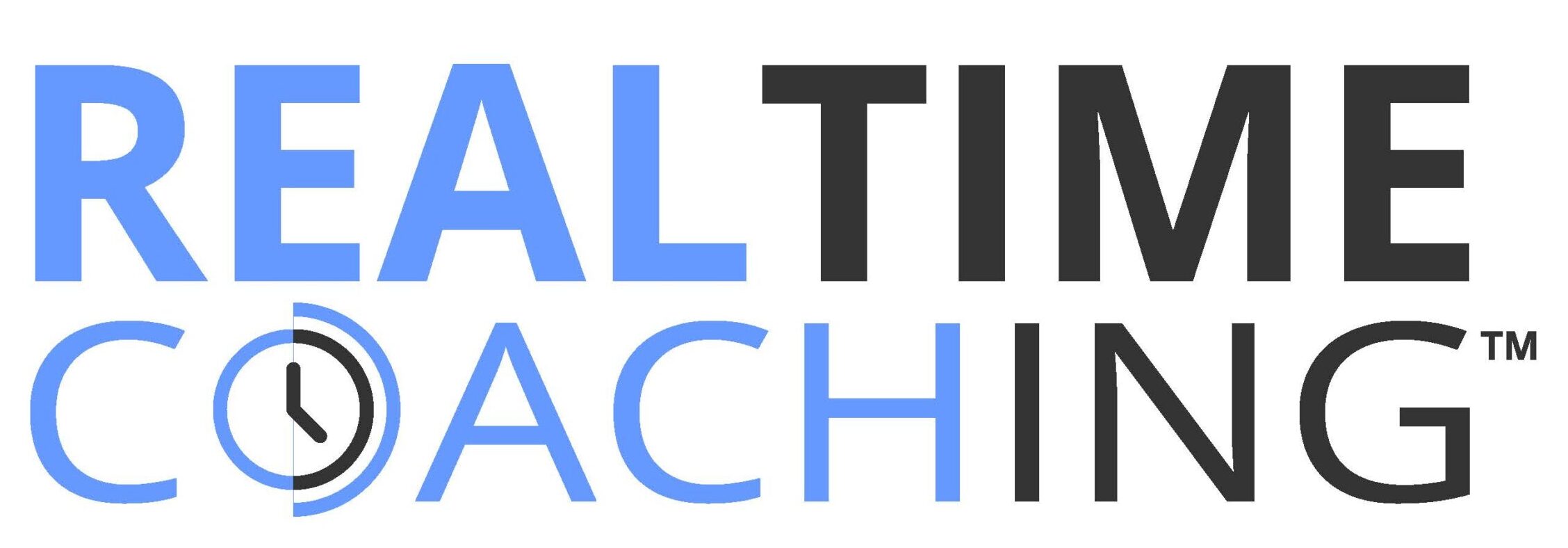It’s a Matter of WDIP
I recently had a client (Steve) ask me, “Ryan, I need to ask you a coaching question. I think this is up your alley. I’m helping out this high school football player. He’s good. He wants to play Division 1 football, but physically he’s not that big, and I’m not sure he’s talented enough. He probably has Division 3 talent. His grades are excellent. What do you think I should tell him?”
I said, “Well, it’s a matter of WDIP. WDIP is our model that helps us move someone from where they are to where they want to be. We call it RealTime Coaching. Let’s put the model to the test and start with a WDIP inventory. A WDIP inventory analyzes how much we know about the situation and uncovers potential gaps.”
The “W” stands for “Wants”. I inquired, “On a scale of 1-10, how clear is he on what he Wants?” Steve immediately said, “10. He wants to play Division 1 football.” I said, “Yeah, that’s pretty clear.”
The “D” stands for “Doing”. I inquired, “What is he currently Doing to get that D1 opportunity?” Steve said, “Well, he’s playing good. He hopes someone sees him, but I don’t know if he has contacted any schools or made a highlight video or anything. On a scale of 1-10, let’s give it a 4.” We gave it a 4 not because he’s done anything wrong, we just didn’t know what he had been doing to get what he wanted.”
The “I” stands for “Is” as in “Is what he’s doing working?” This got an immediate “No” answer from Steve. At this point I said, “Well, in RealTime Coaching once we identify a gap like this we say his scales are out of balance because what he wants (play D1 football) is out of balance with what he is getting (currently zero D1 opportunities). In other words, what he’s doing is not currently working. Steve said, “Oh yeah, I see what you did there, but you said the model is WDIP, not WDI.”
The “P” stands for “Plan”. I asked Steve, “What is his plan?” Steve said, “I don’t know.” I told Steve, “This is where you will be of high value to him. Could you help hold him accountable to a plan? If he doesn’t have a plan, could you help him get one that meets RTC SMARTW criteria. And, remember if his plan isn’t working, it’s OK. Sometimes we have to change course. If something needs to change, he can either change what he wants, what he’s doing, or change the plan. Your job as his RealTime Coach is to help him work through the opportunity while he still owns his own actions, responsibilities, plan, and outcomes.”
Steve said, “Yeah, I will do that and Thanks man, you really know your sh*t.” I said, “Thanks man, that’s a real compliment.”
While the WDIP model works, there are a couple other key tactics I want to point out I intentionally used. First, I avoided taking ownership of the issue. While I have lots of experience working with athletes and I have some D1 contacts, I resisted the temptation to say something like, “Let me talk to him.” or “I could reach out to John and see what he thinks.” Also, you should notice the model is based on questions, not giving advice, I asked and Steve answered. If he didn’t know the answer, that was where he was going back to work, I didn’t answer for him. That’s how you use the WDIP inventory.
Join the movement in making the simple, practical, and valuable RealTime Coaching approach a part of your culture by contacting Ryan Lisk. [email protected]

This is an excellent model and I really love how simplistic it is. I can apply this and the story above to so many situations in my professional and personal life. I particularly like how you addressed how you did ‘not take ownership of the issue’. This is something as an altruist I struggle with daily. For years, I would take on everyone’s problems until I had zero time for me or my family. It seems obvious to some people but you did an excellent job highlighting this fine detail. Great work here Mr. Lisk!